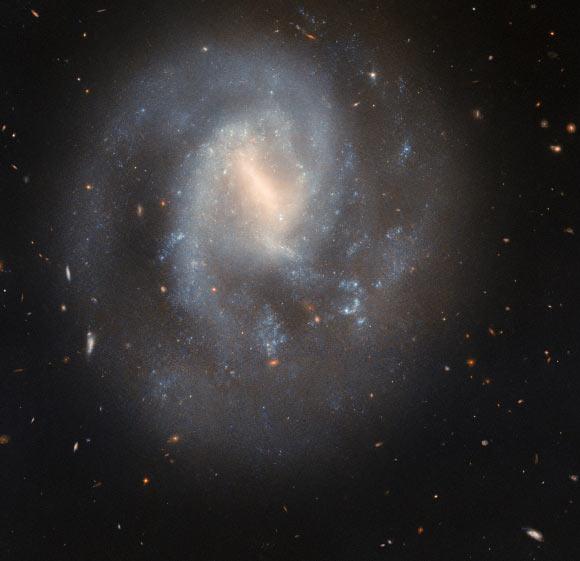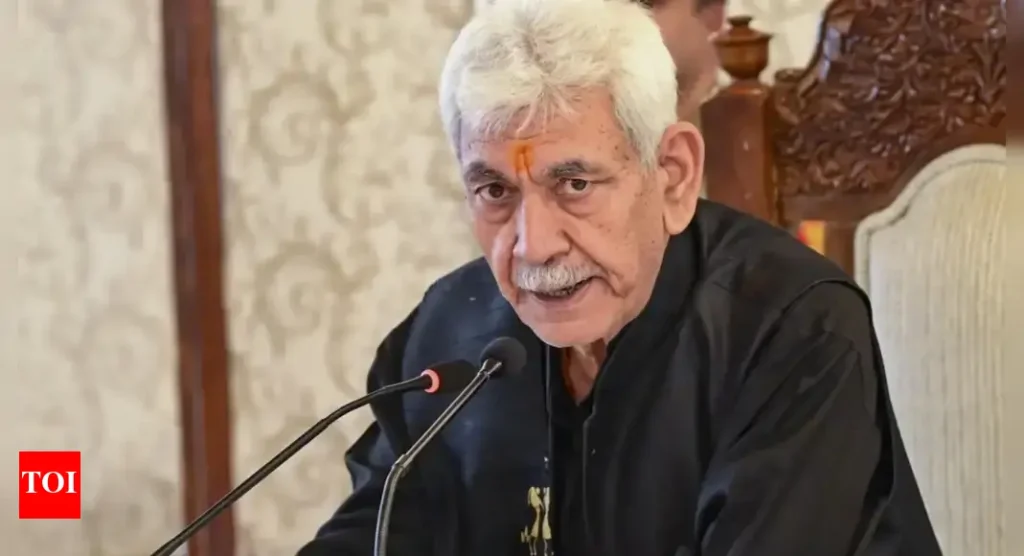The NASA/ESA Hubble Space Telescope has captured a striking new photo of IC 758, a spiral galaxy located in the constellation of Ursa Major.
This Hubble image shows IC 758, a barred spiral galaxy some 60 million light-years away in the constellation of Ursa Major. The color image is made up of observations from Hubble’s Advanced Camera for Surveys (ACS) in the near-infrared and optical parts of the spectrum. Two filters were used to sample various wavelengths. The color results from assigning different hues to each monochromatic image associated with an individual filter. Image credit: NASA / ESA / Hubble / C. Kilpatrick.
IC 758 lies approximately 60 million light-years away from Earth in the constellation of Ursa Major.
Otherwise known as LEDA 38173 or UGC 7056, this galaxy was discovered by the American astronomer Lewis Swift on April 17, 1888.
IC 758 is a member of the NGC 4036 galaxy group (also known as LGG 266), which includes over 10 galaxies.
“In this Hubble image captured in 2023, IC 758 appears peaceful, its soft blue spiral arms curving gently around its hazy barred center,” the Hubble astronomers said in a statement.
“But in 1999, astronomers spotted a powerful explosion in this galaxy: the supernova SN 1999bg.”
“SN 1999bg marked the dramatic end of a star far more massive than the Sun.”
“It’s not yet known how massive this star was before it exploded,” they added.
“We will use these Hubble observations to measure the masses of stars in SN 1999bg’s neighborhood, which will help us estimate the mass of the star that went supernova.”
“The Hubble data may also reveal whether SN 1999bg’s progenitor star had a companion.”
“A supernova represents more than just the demise of a single star — it’s also a powerful force that can shape its neighborhood,” the astronomers said.
“When a massive star collapses, triggering a supernova, its outer layers rebound off its shrunken core.”
“The explosion stirs the interstellar soup of gas and dust out of which new stars form.”
“This interstellar shakeup can scatter and heat nearby gas clouds, preventing new stars from forming, or it can compress them, creating a burst of new stars.”
“The cast-off layers also become ingredients for new stars.”

























